The FAA WINGS Pilot Proficiency Program Gets to the Core of GA Safety
The WINGS Pilot Proficiency Program is the FAA’s recurrent training program for general aviation (GA) pilots. Perhaps you’ve had experience with it in one of its earlier — and admittedly antiquated — iterations. Or, maybe you’re new to aviation and have overheard bits and pieces of what WINGS is from an instructor or at a seminar.
In either case, you owe it to yourself to visit (or revisit) the FAA WINGS program. Over the past few years, several look-and-feel changes have been made to help enhance the user experience as well as help airman focus more on key safety issues.
Interested? Then allow me to show you what a new pair of WINGS can do for you.
What’s the FAA WINGS Program About?
The bottom-line mission of WINGS is fairly simple: reduce the number of GA accidents. To accomplish that objective, WINGS employs an assortment of targeted education and training opportunities to help pilots apply the principles of aviation risk assessment and risk management. By following the program requirements available at www.FAASafety.gov, you’ll take away important life-saving strategies and skills from a combination of flying and knowledge-based tasks. Successfully completing the activities allows participants to earn credits towards a Basic, Advanced, or Master set of WINGS.
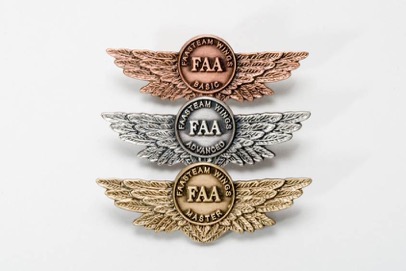
WINGS activities are tied directly to those topics that are most often associated with common pilot errors, lack of proficiency, and in some cases, faulty knowledge. To get a more thorough understanding of these causal factors, the FAA conducted a review of all aircraft accidents in the United States over a two-year period. This extensive review resulted in a list of six accident causal factors by aircraft category and class, which appeared most often in accident reports.
Factoring It All In
Each of the six causal factors identified are addressed in the training requirements for WINGS. For example, to satisfy the requirements for an activity that covers aeronautical decision making (ADM), pilots may be asked, after completing an online course covering general ADM, to discuss with their instructor the decision-making principles associated with safe airport runway/surface operations.
For the purposes of the FAA WINGS program, the six accident causal factors have been broken out into three knowledge and three flight areas as follows:
Knowledge Topics
1. Aeronautical decision making, including runway safety issues
2. Performance and limitations, including loss of control issues
3. Preflight planning, risk management, and fuel management
Flight Topics
1. Takeoffs and landings
2. Positive aircraft control, including loss of control issues
3. Basic flying skills
Program requirements, which include specific subjects and flight maneuvers from the appropriate FAA Practical Test Standards (PTS), are established for all categories and classes of GA aircraft. Pilots are encouraged to participate in activities tailored to the aircraft they typically fly and in which they wish to demonstrate flight proficiency. And while many tasks are pre-selected for WINGS credit, there are a number of activities a pilot may choose based on their individual needs. Naturally, all training must place special emphasis on safety of flight operations. And to promote standardization, proficiency must be demonstrated to an applicable standard, such as PTS.
Mastering the Basics
Although you may complete as many phases as you wish, WINGS only requires the completion of one phase at the Basic level every 12 months to remain current in the program. However, some are just not satisfied with accomplishing the bare minimum.
For this reason, three levels were established — Basic, Advanced, and Master — with phases within each level. Participants can earn as many phases in each level as they wish by accomplishing each of the corresponding knowledge and flight requirements. Each level, accompanied by an increasingly higher phase number within each level, indicates the pilot’s commitment to ongoing and consistent training.
Each of the three levels covers knowledge areas and skill sets that have been noted in accident reports; however, the Advanced and Master levels require a progressively higher proficiency standard. Primary accident causal factors are addressed at the Basic level while additional causal factors are addressed at the Advanced and Master levels.
Level With Me
The Basic level is designed for pilots who want to establish a recurrent training program that will provide a higher level of proficiency than merely preparing for a normal flight review, and generally requires the use of the Private Pilot PTS. (An airman holding a sport or recreational pilot certificate may use those standards at the Basic level.) In addition, because only the Basic level addresses primary accident causal factors, every pilot is required to complete a phase at the Basic level at least once every 12 calendar months. This helps ensure awareness of accident causal factors and possible mitigation strategies. Keep in mind that this list may change periodically, reflecting the dynamic nature of accident causal factors and FAA Safety Team (FAASTeam) emphasis areas.
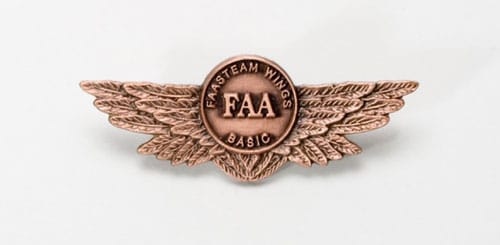
The Advanced Level is for pilots who want a training program that will take them a step above the Basic Level. It affords you the opportunity, in concert with your instructor, to tailor the training to fit more specific needs. The performance standards at the Advanced level of WINGS are generally based on the commercial pilot standards.
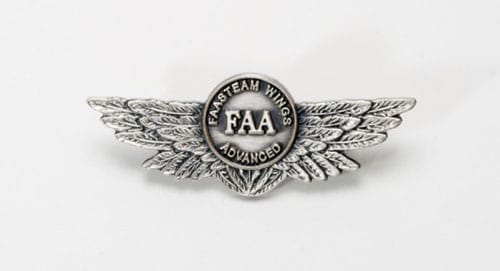
The Master level provides even more flexibility for specialized training. While this level often requires the use of higher PTS standards, it will also allow for the addition of specialized equipment and flight environment training scenarios. It requires using the Commercial or Airline Transport Pilot (ATP) PTS, and sometimes the Certificated Flight Instructor (CFI) PTS and the Instrument Rating PTS (if one is available), for the category and class of aircraft used.

While many pilots will be satisfied with their accomplishments at the Basic level, the Advanced and Master levels are available for pilots wishing to demonstrate a higher level of skill and proficiency. If you wish to obtain the Advanced or Master level, remember that pilots must simultaneously complete or already hold a current phase at the next lower level.
Suffering From Proficiency Deficiency?
One of the reasons WINGS credits expire after 12 calendar months is that we simply want general aviation pilots to stay up-to-date with the knowledge and skills that will keep them flying safely on a regular basis. One year has been determined to be the most advantageous timeframe and also the accepted recurrent training period for many commercial pilots worldwide.
After you earn enough credits to complete a phase of WINGS, you never lose that phase. However, knowledge and proficiency can fade over time, hence, the recurrent training requirement of the FAA WINGS program. We encourage pilots to earn another phase of WINGS at the Basic level by renewing their knowledge and skill at least once every 12 calendar months.
One other important detail about earning a phase of WINGS is that it allows the pilot an alternate method of meeting the requirements of the flight review regulation in Title 14 Code of Federal Regulations (14 CFR) section 61.56. While we feel this is a strong incentive to participate in the program, we prefer to place the emphasis on the knowledge and skill learned and/or retained, and not on the reward of a flight review.
Sprout Your WINGS Today
The FAA WINGS program provides the opportunity, the structure, and the recognition for pilots to continue their aviation education. Check it out today and see how WINGS can help you develop a personal roadmap to greater aviation safety.
Learn More:
FAA Advisory Circular 61-91J, WINGS–Pilot Proficiency Program
WINGS User’s Guide:
www.faasafety.gov/documents/Wings_Manual.pdf
FAA Wings Program Statistics:
Here are some interesting metrics since the automated program was launched in 2007 that help gauge the success of WINGS:
- 45,606 phases of WINGS completed (16,200 earned at the Basic level)
- 265,823 users who have earned at least one WINGS credit
- 165,523 flight activities completed
- 735,526 WINGS credits earned by attending a seminar
- 755,370 WINGS credits earned by completing online courses






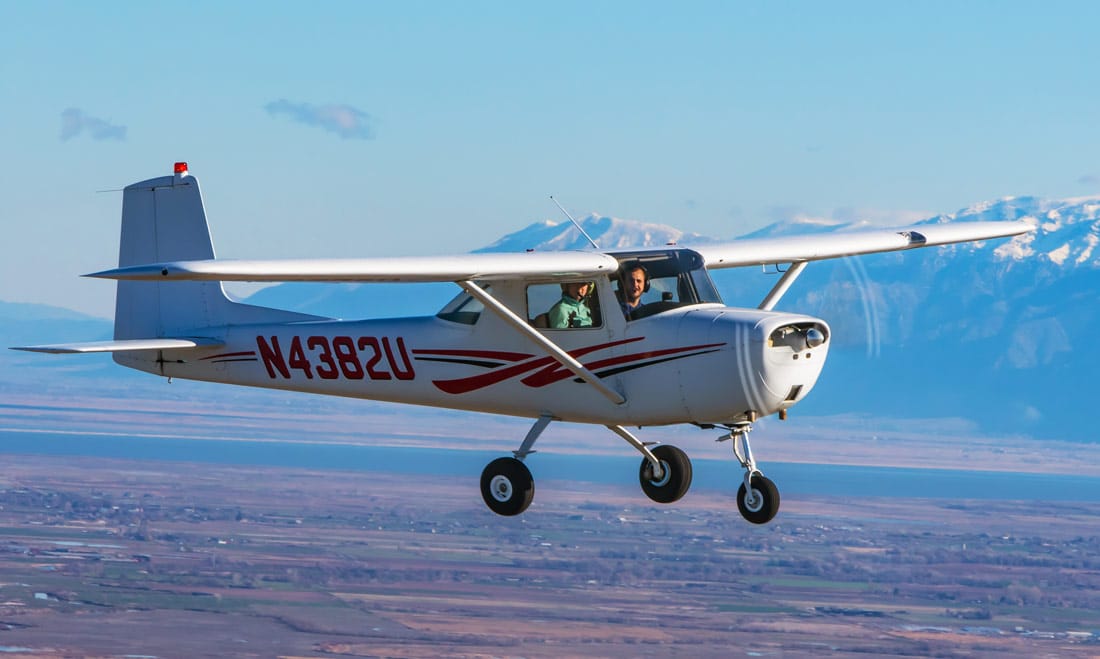
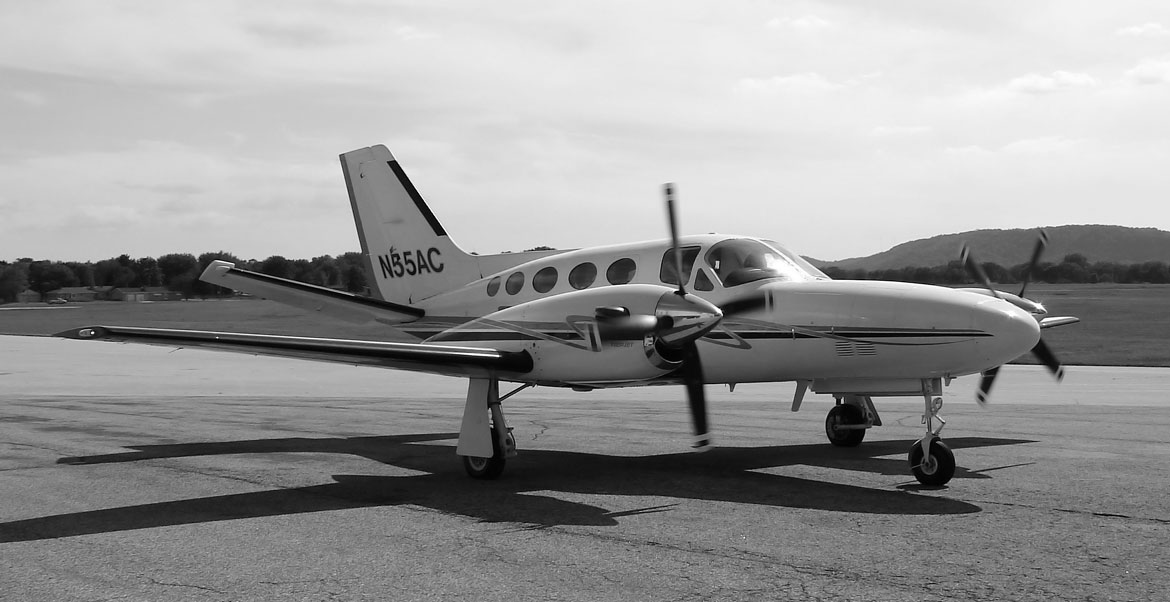



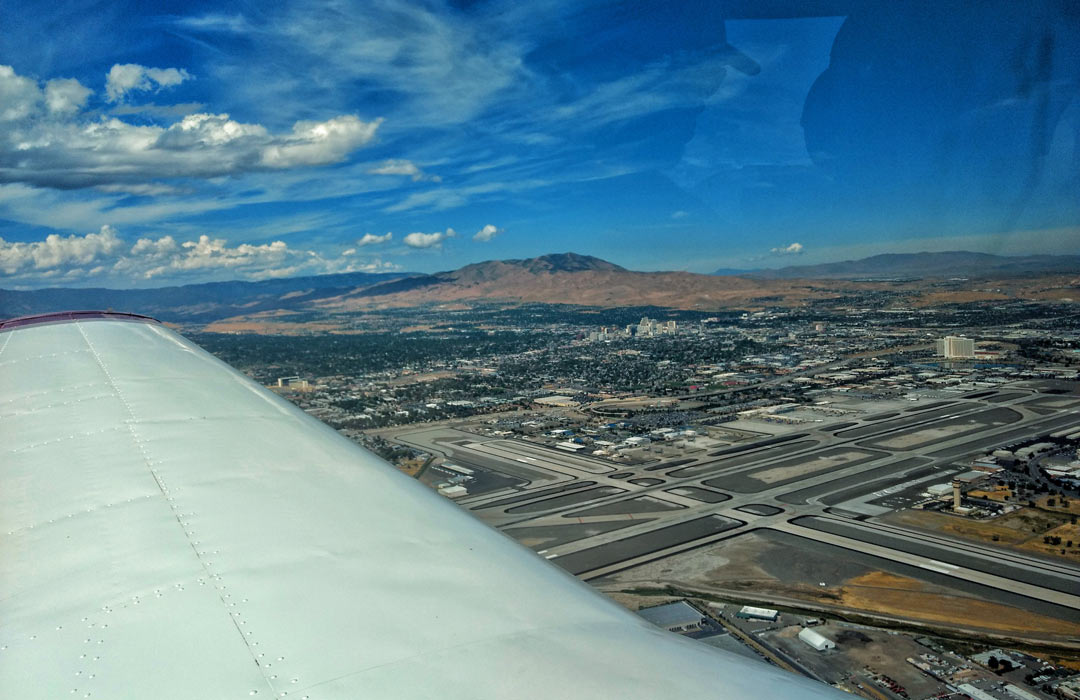



Leave a Reply